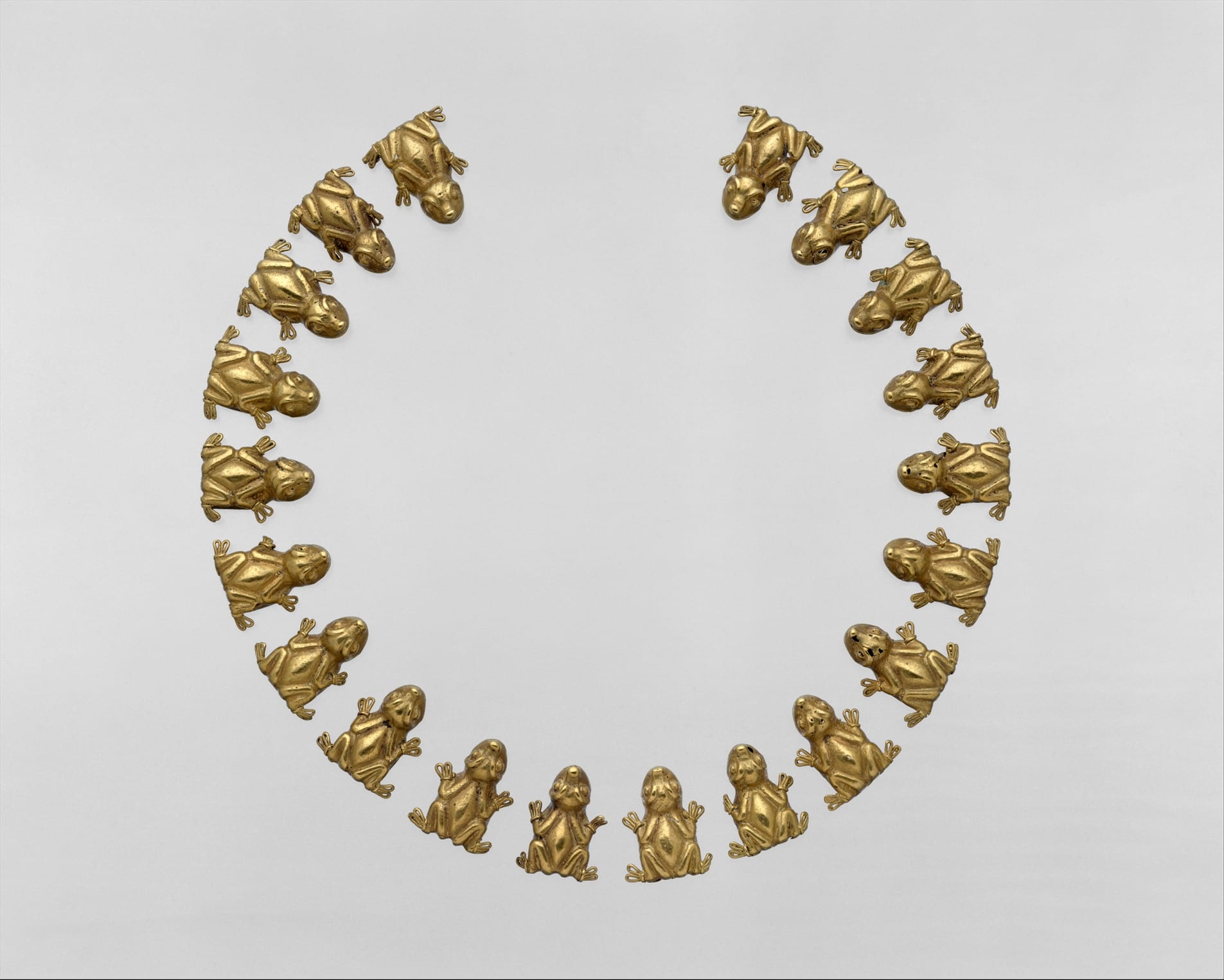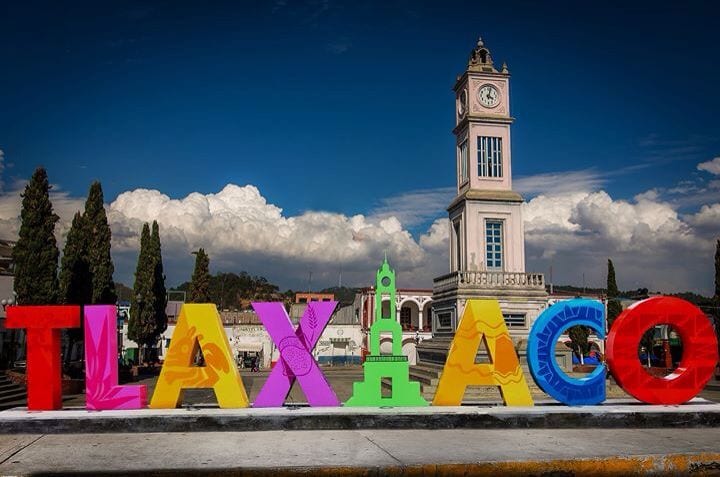Roma’s Yalitza Aparicio Thrusts the Mixtec into the Spotlight
Roma star Yalitza Aparicio has taken Hollywood by storm. The 26-year-old actress made history when she graced the cover of Vogue Mexico. It was a first in a country dominated by light-skinned people in the media – despite the country’s overwhelming indigenous and mestizo population.
In the cover, Aparicio wears a Gucci dress alongside the title “In tiu’n ntav’i,” which translates to “A star is born” in the indigenous Mixtec language. After making a stunning appearance at the 2019 Golden Globes, everyone is talking about the actress who plays Cleo in Alfonso Cuarón’s Netflix film Roma. Along with her talent, Aparicio’s Mixtec background has made her the center of attention in the media.
A Star is Born – Aparicio’s Mixtec Origins
Aparicio’s Vogue cover was an achievement for indigenous women, who are often portrayed less glowingly if they are portrayed at all. Indigenous Mexicans account for 15% of the country's population, but they are often marginalized from politics and public life. Many are living in poverty. Aparicio, who studied to be a preschool teacher and speaks the Mixtec language, was born in the small town of Tlaxiaco in Oaxaca, which is considered the Mixtec region. Mexico’s southern states are considered the poorest in the country, and the Mixtec region is considered the poorest of them all. But things weren’t always this way. The story of the Mixtec is one with extreme highs and extreme lows.The term Mixtec is derived from the Nahuatl word mixtecah, or “cloud people.” The Mixtecs have many names for themselves, but they all translate to “people of the rain.”
At one time, the Mixtec region was one of the most prosperous. The region was renowned for its jewelry and pottery. In pre-Columbian times, the Mixtec were one of the major civilizations of Mesoamerica.
Important ancient centers of the area included the ancient capital city of Tilantongo as well as Cuilapan, Achiutla, Mitla, Huajuapan, Tutuepec, Juxtlahuaca, Yucuñudahui, and, of course, Tlaxiaco – Aparacio's hometown. The Mixtec also created many constructions in the city of Monte Albán. As for Mixtec history, archaeological evidence suggests that their culture flourished from 940-1500 AD. Around 1350 AD, the Mixtec peoples took over Monte Albán, near present-day Oaxaca, from the Zapotecs and ruled for 12 centuries. They were a complex society with a continuous history that spanned from Preclassic until the end of the Postclassic period. Several Mixtec kingdoms were established in the 10th century, in which there were classes of nobles, artisans and peasants. Between 500 and 750 AD, the Mixtec developed a calendar, urban centers, terrace agriculture, monumental architecture, glyphic writing and elaborate irrigation systems. In the mid-1400s, the Aztecs launched their conquest to seize control of the Mexican Valley. One by one, civilizations fell. The Aztecs required all empires they conquered to provide them with food, money and humans for sacrifice.
But the Mixtecs would not submit so easily. It took years for the Aztecs to defeat the Mixtecs, finally achieving their goal in 1458.
Once they had conquered the Mixtecs and Zapotecs, the Aztecs built a fortification on a hill above Oaxaca to keep both groups in line. The Spanish arrived in 1521, defeating the Aztecs with foreign weapons. Spanish emissaries came to the Mixtec region to survey the valley – and to search for Aztec gold. Seven years later, the Spanish began to Christianize the Mixtecs and other peoples in the Oaxaca region. In the 1600s, Spanish diseases like small pox decimated the Mixtec’s once-large population. Like other indigenous groups of Mesoamerica, the Mixtecs worshipped many gods, which all required sacrifices of human and animal flesh and blood to survive. They worshipped the sun as well as other natural forces, including life and death. They also had gods representing war, rain, fertility and natural elements.
Renowned Artisans


The Mixtec’s work in wood, stone and metal were well-regarded throughout ancient Mesoamerica. They were the foremost goldsmiths of the Mixteca region, which included lost-wax casting of gold and its alloys. They were considered one of the most extraordinary artisans of Mesoamerica in pre-Columbian times. Through their jewelry and pottery, they created magnificent works of art. Works from Mixtec artisans can be found in Tomb 7 from Monte Albán, one of the richest burial sites ever found in pre-Columbian Mesoamerica. The gold pendants, masks and necklaces are a display of their advanced skills – even by modern standards. It’s very likely that many of the jewels admired by the Spaniards were created by Mixtec artisans under Aztec rule. Unfortunately, virtually all of the gold ornaments offered by the Aztecs to the Spanish conquerors haven’t survived, so it can be difficult to determine whether gold pieces from this period are from the Mixtecs or the Aztecs.
Mixtec artisans excelled not only at goldsmithing, but also at stonework. Just look at the Palace of the Columns at Mitla with its mosaic fretwork and geometric designs (also known as “grecas” in Spanish). The Mixtecs also created beautiful, ornate pottery for use during their religious ceremonies. Their artistic refinement can be seen in their delicate carvings on bone and wood, and in their statuettes carved out of rock crystal. Ceramics were so refined and detailed, they resembled the region’s famous codices. Codices, which were painted manuscripts found in the Mixtec region, were a series of manuscripts created on long strips of “amate” paper or on deer skin with stucco. These manuscripts were folded carefully like a screen and they served as archives, or sacred books for their ancient peoples. These codices provided a glimpse into life before and after the Spanish invasion. Only two dozen pre-Spanish codices have survived the book-burning. Some manuscripts are also believed to have been burned by Mexican rulers. Some pre-Conquest codices from the Mixtecs contained genealogical tables of their rulers, spanning from the 8th century birth of 4 Alligator, the first Lord of Tilantoga to the last ruler in 1580. The Mixtecs would record the births, marriages and deaths of their leaders on codices as well as conquests, wars, religious ceremonies and feasts. The main focus of the codices was the life and deeds of their rulers. Surviving codices include Vindobonensis, Zouche-Nuttall, Columbinus, Bodley, Egerton, Selden and Becker I. The Mixtec codices, according to the University of Arizona Library, were not necessarily intended to be historical texts, but rather, served as mnemonic devices to assist in the oral recitation of stories and histories.
Tlaxiaco – The Small Paris
Aparicio’s hometown of Tlaxiaco is known as Small Paris. During the Porfiriato, the time period when Mexico was under control of Porfirio Díaz, Tlaxiaco was second in terms of population and social and political importance in the State of Oaxaca.
He gave Tlaxiaco the title of “Small Paris” because its inhabitants were fluent in French. Many residents were educated outside of the area, and some had the means to travel to Europe. Women wore the latest fashions from Paris, which arrived via Coixtlahuaca, Córdoba, Tehuacán and Teposcolula by muleteers. They enjoyed French liqueurs, like Champagne, Burgundy and Chartreuse. The walls of their homes were adorned with European silk tapestries and furnished with European furniture. Formally, Tlaxiaco is known as Heroica Ciudad de Tlaxiaco (“heroic city of Tlaxiaco”), referring to the battle during the 1862-67 French invasion. During the looting of the Revolution, most of the above-mentioned homes were destroyed. But until the 1950s, people could tour the home of Don Rosendo Feria, which was one of the only homes to survive. The home featured ornately-carved furniture, beveled mirrors, consoles and turtle tables. The dining room cabinets were filled with fine porcelain tableware. It gave visitors a glimpse at life before the Revolution, when everything changed for Tlaxiaco.
Before its decline, traders in the city operated directly with foreign suppliers in France, Italy, Spain, Germany, Switzerland and Portugal. The city imported fabrics, wines, groceries and hardware from these suppliers. Each store had its own specialty.
The decline of Tlaxiaco began after the Revolution. The tremendous looting sent many families fleeing to Puebla and Mexico City. Families who worked in the fields abandoned their lands. The opening of the Pan-American highway was the proverbial nail in the coffin for the city. While Tlaxiaco has a rich and fascinating history, its economy is still struggling. The aristocracy may have vanished, but many hardworking people still live in the city. Life in Tlaxiaco is an example of how Mixtec living has transformed throughout history.
Oaxaca is well known for their thriving culture. Volupt Art believes in their talent. Therefore, we represent these four figures who are linked to this wonderful culture: Cawamo, Gabo Mendoza, Judith Ruiz and E. Robledo.















